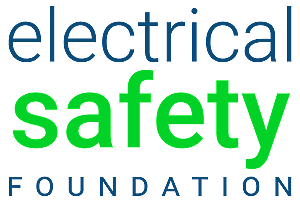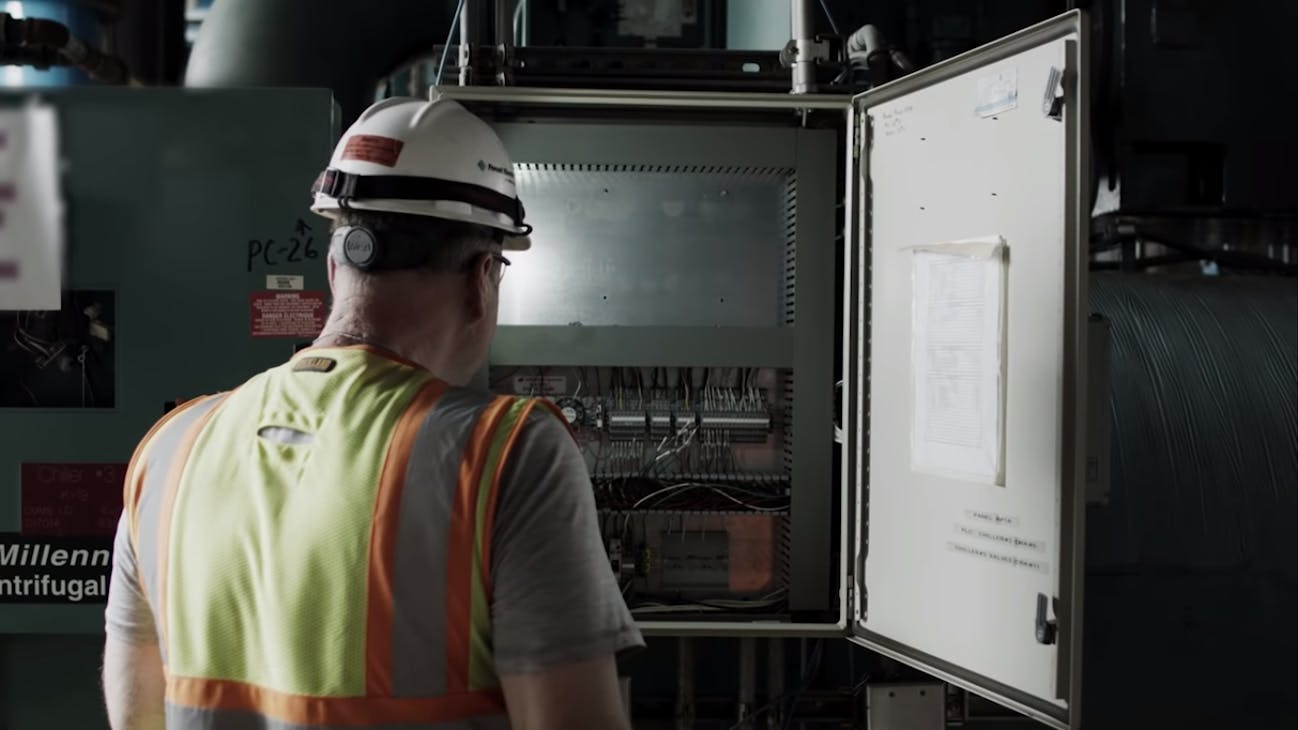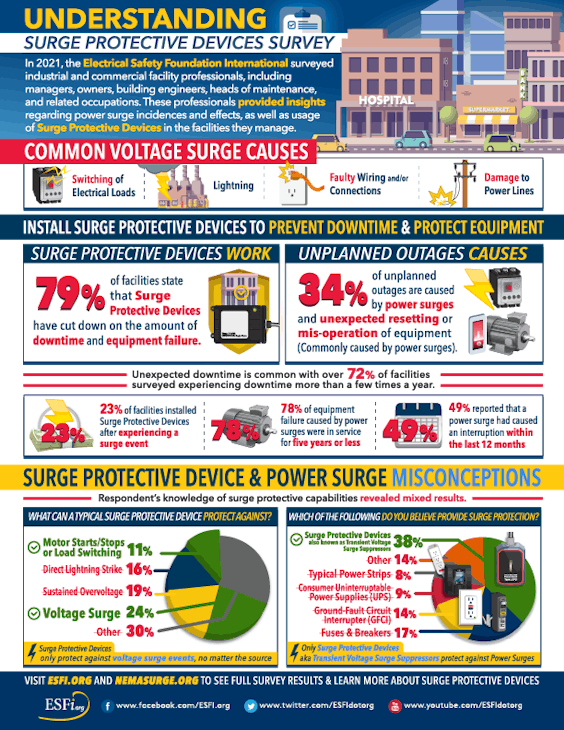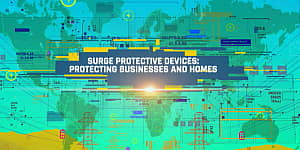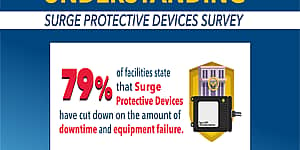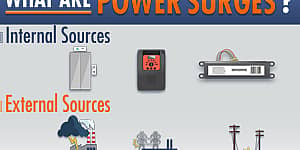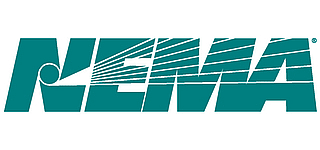ESFI’s Understanding Power Surges and Surge Protective Devices article was recently featured on ecmweb.com. Read the article here.
Just how well do facility managers understand power surges and surge protective devices (SPDs), otherwise known as transient voltage surge suppressors (TVSSs)? According to a survey conducted by the Electrical Safety Foundation International (ESFI) and National Electrical Manufacturers Association’s (NEMA) Low Voltage Surge Protective Devices Section, the answer is not as well as you might think. Surveying industrial and commercial facility professionals in the United States, respondents included facility managers, owners, building engineers, heads of maintenance, and other related occupations, who provided insight regarding power surge incidences and effects as well as usage of surge protective devices in the facilities they manage.
The respondent’s knowledge of power surges and their mitigation provided mixed results. While respondents were able to correctly identify the common causes of power surges, many misidentified the protection devices needed to mitigate the negative impacts of power surges. A majority incorrectly believe most power surges originate outside of their facility.
The survey also uncovered that power surges were cited as the third leading cause of unplanned shutdowns. Newer equipment also seemed to be more susceptible to power surges as the vast majority of equipment failures due to power surges were reportedly in service for less than five years.
Survey highlights
The key findings of the survey (see Infographic) provided insights into the use, understanding, and common misconceptions of SPDs. The overall sentiment of SPDs was positive, as downtime and equipment failure were significantly or completely reduced in the respondent’s facilities. A majority of respondents (72%) claimed to be either very or extremely familiar with power surges, while only 8% were only slightly or not familiar. The most commonly cited causes of power surges were switching of electrical loads, lightning, faulty wiring and/or connections, and damage to power lines.
Respondents provided mixed answers when asked what a typical SPD can protect against. Although both choices are correct, power surges (24%) received the largest number of responses, while motor starts and stops or load switching (11%) received the lowest. When respondents answered what circumstances are not protected by SPDs, sustained overvoltage received the most responses (19%), while overload caused by operating equipment above full-load rating received the least (14%).
The respondent’s knowledge of power surge mitigation revealed common misconceptions about what technologies provide surge protection. While 38% correctly identified SPDs, the majority incorrectly selected technologies not designed to mitigate the damaging effects of power surges. The responses included fuses and breakers (17%), GFCIs (14%), consumer-grade UPS (9%), and typical power strips (8%). The only devices that protect against power surges are SPDs. The location of where facility professionals had SPDs installed also varied. They were closely distributed between service entrances (28%), downstream distribution panels with electrical or electronic equipment (26%), backup or alternative power systems (24%), and voltage transformation within equipment (20%).
A total of 40% of respondents indicated their facilities had surge protection technology for one to five years, and an additional 39% had surge protection for six or more years. Twenty-three percent of respondents indicated they purchased SPDs after experiencing a surge event, while 27% purchased during building or specification, and 23% purchased during renovation. A majority of facility professionals reported having SPDs inspected or tested monthly (54%), while 94% of those who tested their SPDs did so as part of routine maintenance. More chose to install surge protection to protect previously installed equipment (39%) and as part of a renovation project (24%) than to protect recently installed equipment (20%).
Of the facility professionals who experienced unexpected downtime, 49% reported a power surge had caused such an interruption within the last 12 months. The most recent power surge-caused downtime resulted in being offline for between 30 and 60 minutes for 42%, and 90% of incidents lasted for one and a half hours or less.
Power surges resulted in equipment restart or misoperation for 57% of respondents, with slightly fewer facility operators reporting power outages or equipment failure (53%) because of such incidents. For 63% of respondents, the most recent power surge at their facilities occurred quite recently, no more than three months before responding to the survey. However, most facilities experienced power surges relatively infrequently, as 59% reported power surges happening a few times a year or once every year or two. Power fluctuations on the grid were the most commonly mentioned cause of facility power surges (27%), followed closely by faulty wiring and or connections (25%) and lightning (22%). On average, facility professionals indicated that 60% of power surges affecting their facilities resulted from outside factors.
Many facility professionals mentioned maintaining system reliability during lightning strikes or grid anomalies, while several noted that the absence of visible evidence of surge activity suggested the successful operation of SPDs. The installation of SPDs was viewed as a success by most respondents, as 79% estimated that downtime and equipment failure was reduced significantly or completely. Of the respondents who reported equipment failure after warranty expiration, most failures (85%) happened within five or fewer years of the expiration date. Although 16% of respondents had never performed a resistance reading on their facility’s grounding systems (or were not sure when one was last conducted), nearly 71% had done so within the last 12 months. NEMA points out that the National Electrical Code (NEC) prescribes grounding and bonding requirements in Art. 250, and the applicable field measurement standard of grounding systems is IEEE 81-Guide for Measuring Earth Resistivity, Ground Impedance, and Earth Surface Potentials of a Grounding System.
The key findings of the survey results outlined in this article demonstrate the need for facility managers and electrical professionals to protect their facilities from power surges by installing SPDs. Damages caused by power surges are a leading cause of electrical equipment failure and can be experienced in a single event or as the result of an accumulation of power surges. SPDs protect against downtime, improve system and data reliability, and reduce electrical failures. Installing these devices will protect against electrical failures to maintain the reliability and operation of electrical equipment.
Watch this quick video from ESFI on common SPD misconceptions.
SIDEBAR: What’s Behind a Power Surge?
Transient voltage, more commonly called power surges, can be described as extremely fast overvoltage spikes or disturbances of a power waveform that can damage, degrade, or destroy electronic equipment within any home, commercial building, or industrial facility. Power surges can reach amplitudes of tens of thousands of volts and can be very damaging to electrical equipment, so it is imperative to protect equipment with SPDs. These devices should be installed in facilities to protect against downtime, improve system and data reliability, and reduce electrical failures.
